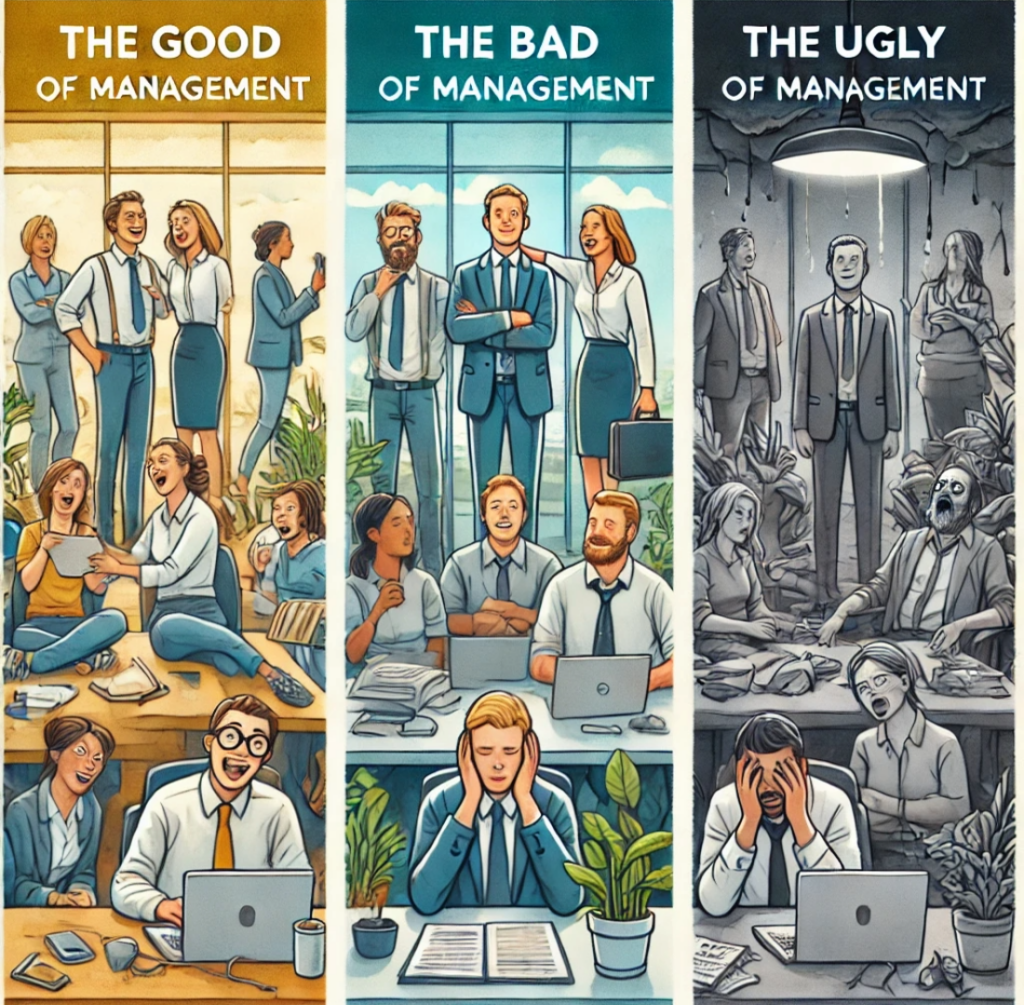We are all very much aware that how a team feels makes a huge difference to their productivity and to business results. Many of us have been on A-teams, as well as on D-teams. It was the same you, in two different teams – with two vastly different results. If we take that experience and multiply that across the vast numbers of workers in corporations, we get a sense of the immense proportion of productivity lost or gained based on how individuals feel and how teams work together.
As managers and leaders, we have a special responsibility to nurture a positive environment and a vibrant culture where people are able to function at their highest potential. Why? Simply that highly motivated, energized teams and individuals produce more and have a greater business impact.
Many of us have experienced the full spectrum of good, bad and ugly leadership and have seen the impact that has on business results. During the interviews conducted for my recent book “The Software Soul”, I spoke to individuals about different management styles and how it shapes people and projects. Here are some of the more noteworthy styles:
The Good – Chameleon Management
This is a management technique wherein the manager is adaptive to the situation at hand. For example, a normally ‘go get em’ manager may decide to purposefully let some of his team slow roll a deliverable so that the team can spend more time learning a new technology. Managers who practice chameleon management are able to modulate themselves to get the best from their teams.
The Bad – Bully management
This is when a manager decides that the team will strive for a goal whether or not they believe in it. That is, they bully the team into submission. A classic example is when management sets an impossible date for an impossible milestone and uses high pressure tactics, such as ‘you will lose your jobs’ or ‘we will cancel this project’ to drive the team into frenzied action. Bully power may work in short sprints, but fails to achieve longer term, sustained success. Team members typically leave citing burn out, lack of trust and respect. Projects often go into major hacking mode during the sprint, and then are left with a massive cleanup after the fact. This technique is a sure fire way to alienate the team’s spirit.
The Ugly – Seagull Management
This is when one more managers decide that a project is in trouble and warrants their attention. Without asking for input, the flock swoops over the troubled project, makes a lot of noise, ‘poops all over it’ and leaves. This gives the impression of lots activity – but, in reality the project is left in a mess and the team needs to work extra hard to clean up and get the project back on track.
Do any of these resonate with you? What styles have you been exposed to and how did that influence the project team and results?


Ah, my favorite – the Seagull Manager! Isn’t it amazing, and somewhat humorous, that these kinds of managers were once individual contributors who were probably complaining about their dysfunctional managers? Something strange happens when people become managers. Power corrupts, it’s said, and even the tiny bit of power that managers have seems to make them incapable of perceiving the ridiculousness of their own behavior. That’s why every powerful person needs at least one person who is courageous enough to tell them the honest truth about what a nincompoop they are being! (Usually that is a spouse.) Please remember to keep your humility and self-awareness when you get that promotion! Otherwise you will become the scourge that you previously whined about.